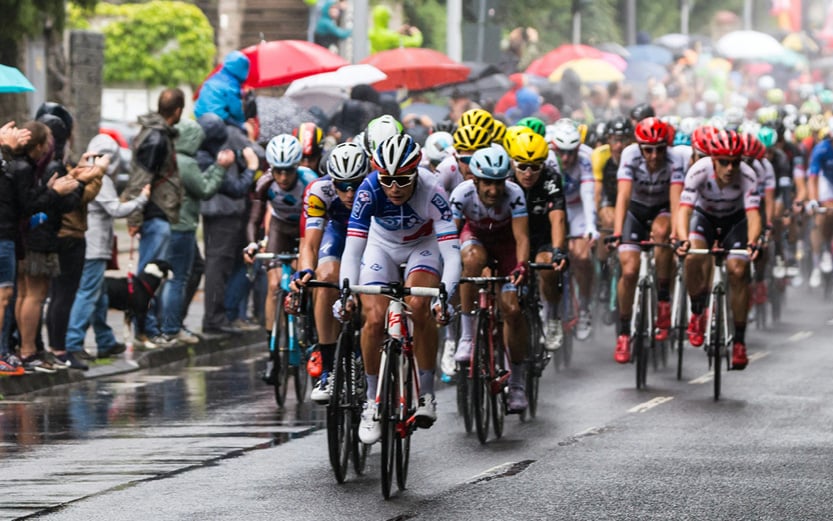Asset Management Europe: Monthly Macro Insights - February 2023
Marc-Antoine Collard, Chief Economist, Director of Economic Research, Asset Management, Europe
An earlier and faster-than-expected reopening of China, as well as the easing of Europe’s energy crisis, have improved the global growth outlook. Meanwhile, investors strongly believe that central banks are almost finished with their tightening campaign amid a fall in global inflation, and that policy rates will be lowered as soon as the second half of 2023. Still, uncertainty around this Goldilocks scenario remains elevated.
(Already very low) Recession concerns have disappeared…
January business confidence data showed China's service sector had a positive start to 2023, buoyed by hopes that the recent loosening of pandemic restrictions will feed through to further improvements in economic activity. The consensus belief is about a robust pick up, but China still faces challenges.
In Europe, natural gas price forecasts have been marked down significantly thanks to unusually mild weather and higher-than-expected gas storage levels, sharply reducing the risk of forced rationing. As supply chain disruptions eased and near-term energy market worries receded, businesses have become less pessimistic as the January S&P Global business confidence index in the Eurozone moved up to the neutral 50-threshold for the first time since June, adding to hopes that the upturn will gather steam in the coming months.
But as China’s reopening gathers steam and Europe’s recession fears have evaporated, US momentum is sliding more sharply than expected. In fact, the inversion of the yield curve, the fall of the Conference Board leading indicator and the very weak ISM manufacturing index – lowest level since the 2008 GFC barring the short-lived pandemic drop – are all signalling a significant risk of a recession. For now, investors have decided to ignore this soft data and remain optimistic that the US will achieve a soft landing.
… but the inflation debate is still unsettled
Global headline inflation appears to have peaked in Q3 2022, but underlying (core) inflation has not and remains well above pre-pandemic levels. Looking ahead, market participants expect that the normalisation of commodity prices will lead to a large decline in the headline inflation, while the healing of supply chains will bring down core goods inflation. Yet, the volatility around this scenario remains elevated. First, whether China’s reopening will be inflationary or deflationary is debatable. Then, the labour market rebalancing that’s required to return wage growth to a pace more consistent with central banks’ target is unclear.
From unconditional to conditional tightening
As expected, the ECB and the Bank of England (BoE) hiked their key interest rates by 50bps in early February. The BoE appeared to signal that the tightening cycle may be approaching its end. Still, it warned that if there were to be evidence of more persistent inflation pressures, then further tightening in monetary policy would be required. For its part, the ECB remained hawkish, the Governing Council intending to hike another 50bps at the March meeting and then continue the tightening, while insisting it will stay the course in raising interest rates significantly at a steady pace and in keeping them at levels that are sufficiently restrictive to ensure a timely return of inflation target.
Meanwhile, the Fed slowed the pace of rate hikes to 25bps as softer-than-expected inflation readings seem to have justified the downshift. In a hawkish signal, the policy statement continued to emphasise that ongoing rate increases (i.e. at least two) will be appropriate to bring down inflation, and the tightness of the labour market is undoubtedly a cause for concern.
Overall, recent central banks’ meetings indeed suggest monetary policies will become more restrictive in the next few months, but at a significantly lower pace compared to the 2022 tightening campaign. However, this hardly prefigures rate cuts anytime soon as the inflation fight is likely much more complex than what is priced in.
Download the full version
Completed writing on 8 February 2023





